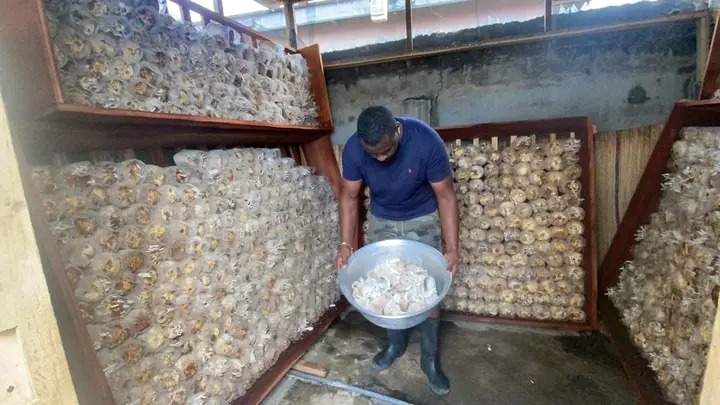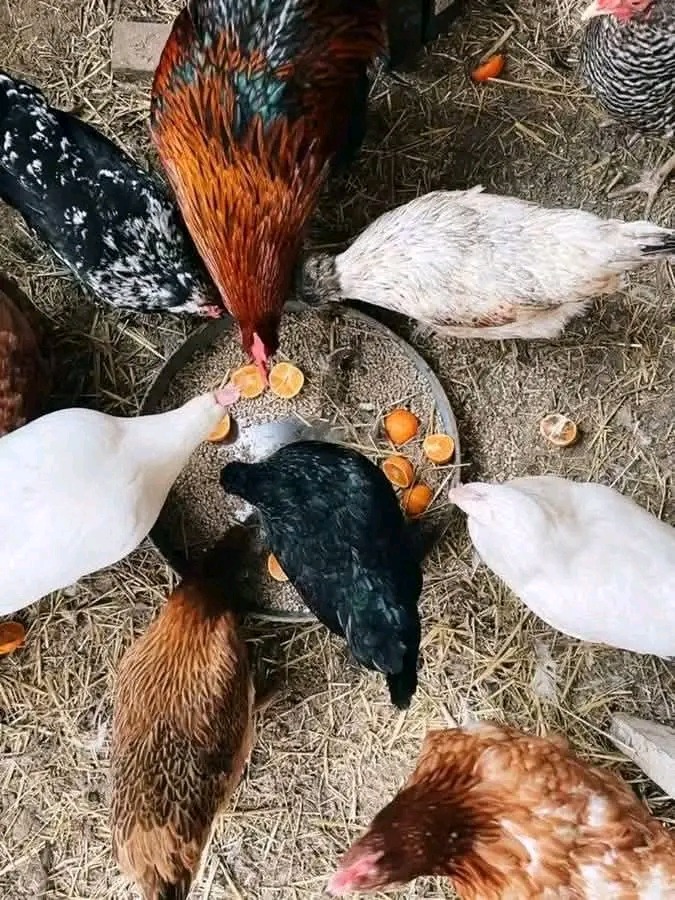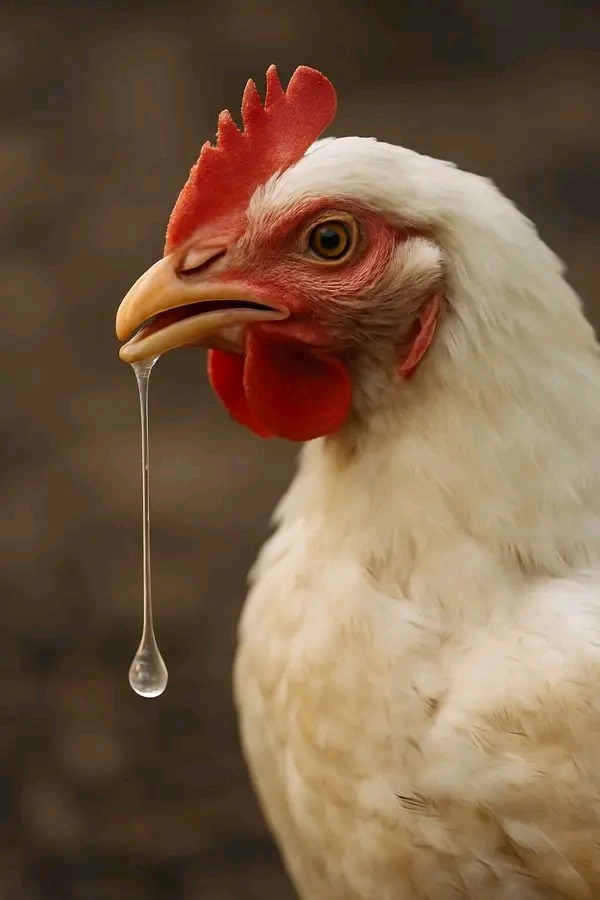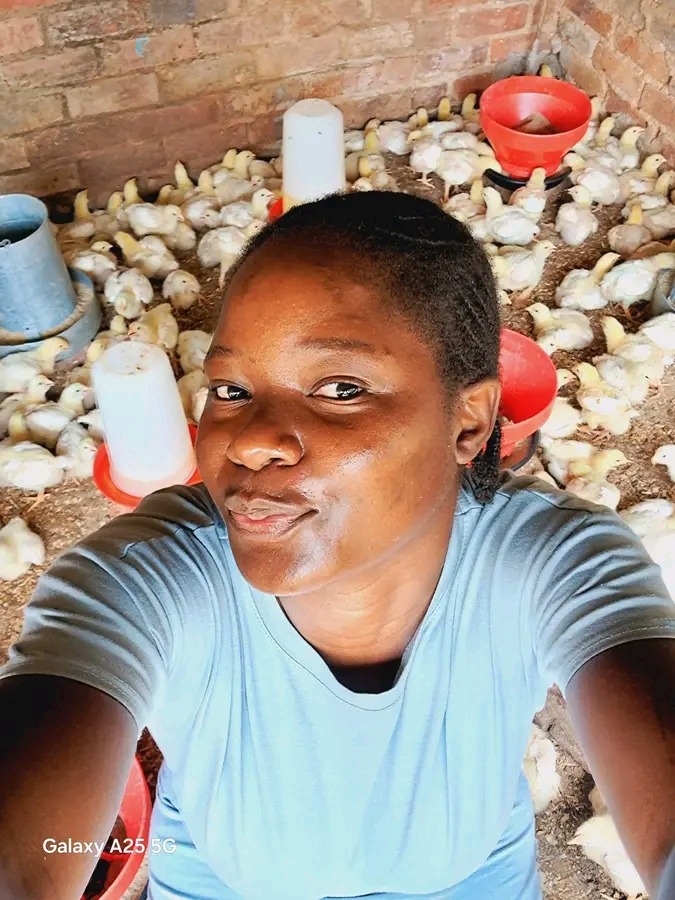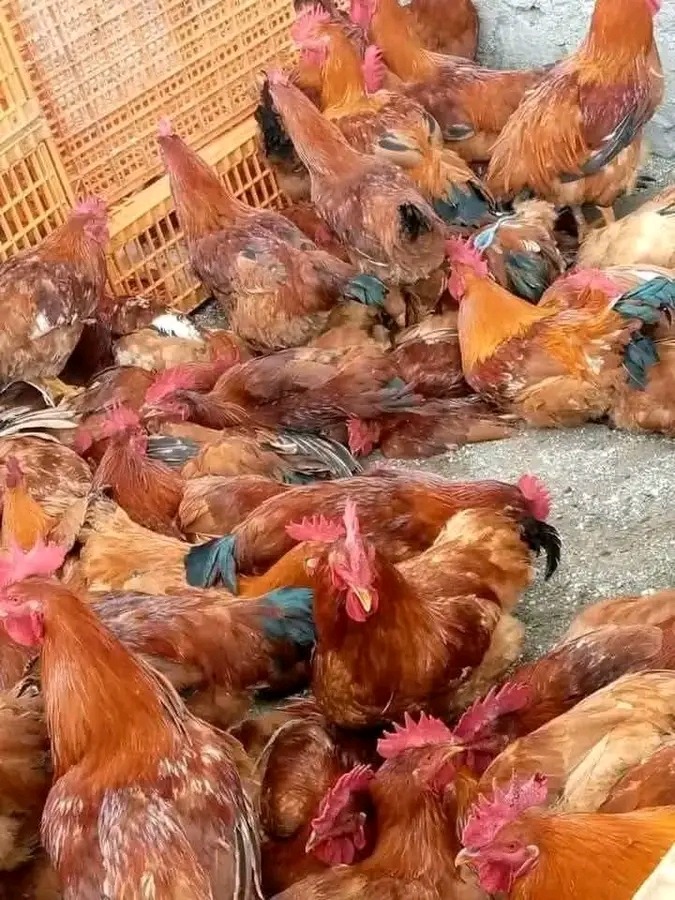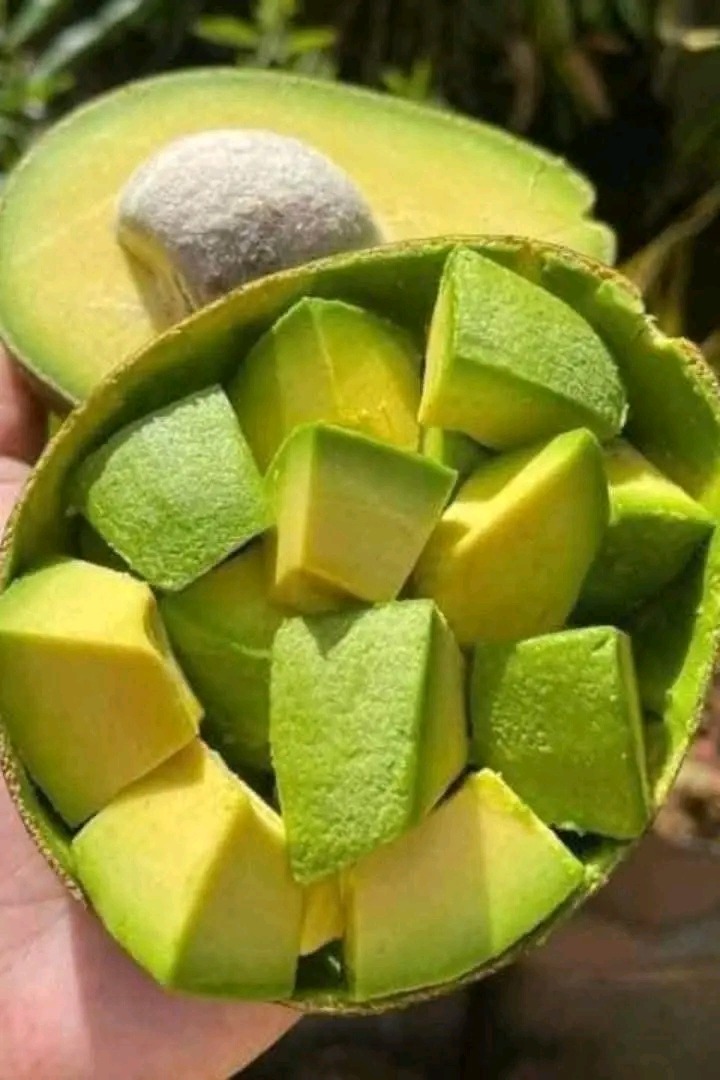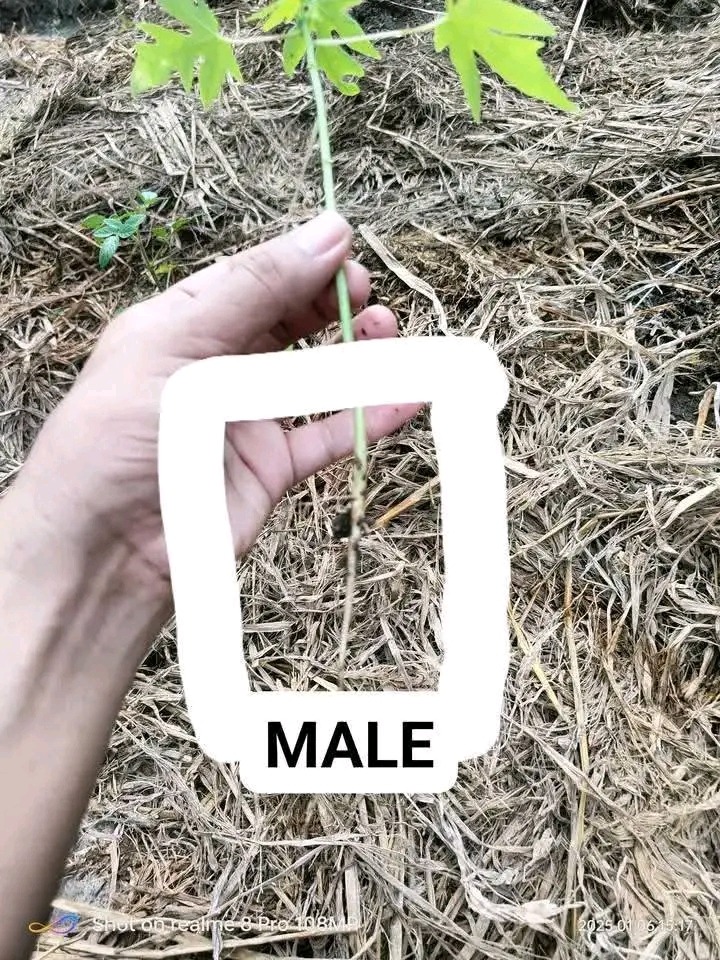
Determining the sex of papaya plants is crucial for effective cultivation and fruit production. Here’s a simple guide to help you identify male, female, and hermaphrodite papaya plants:
Characteristics of Male Papaya Plants
- Slender stalk: Male plants have longer, thinner stalks (10-20 cm) with smaller leaves.
- Small, thin flowers: Male flowers are smaller (about 1-2 cm in diameter) and have narrow petals.
- No ovary: Male flowers lack an ovary (fruit-bearing structure).
- Typically more flowers: Male plants produce more flowers, but they don’t develop into fruit.
Characteristics of Female Papaya Plants
- Shorter stalk: Female plants have shorter, thicker stalks (5-10 cm) with larger leaves.
- Larger, thicker flowers: Female flowers are larger (about 2-5 cm in diameter) with wider petals.
- Ovary present: Female flowers have a prominent ovary (fruit-bearing structure) at the base.
- Fewer flowers: Female plants produce fewer flowers, but they develop into fruit.
Characteristics of Hermaphrodite Papaya Plants
- Combination of male and female characteristics: Hermaphrodite plants have both male and female reproductive organs.
- Shorter stalk: Similar to female plants.
- Larger flowers: Similar to female plants.
- Ovary present: Hermaphrodite plants have both male and female reproductive organs.
Timing of Sex Identification
- Seedlings: Sex identification is difficult at the seedling stage (1-2 months).
- Flowering stage: Observe flowers for sex characteristics around 3-6 months after planting.
- Fruiting stage: Confirm sex by observing fruit development (6-12 months).
Tips for Papaya Cultivation
- Plant multiple seedlings: Increase chances of getting female or hermaphrodite plants.
- Remove male plants: Once identified, remove male plants to direct resources to female or hermaphrodite plants.
- Hand-pollination: Assist pollination by transferring pollen from male to female flowers.
Understanding the sex of papaya plants helps in effective cultivation and ensures a healthy and productive harvest.





